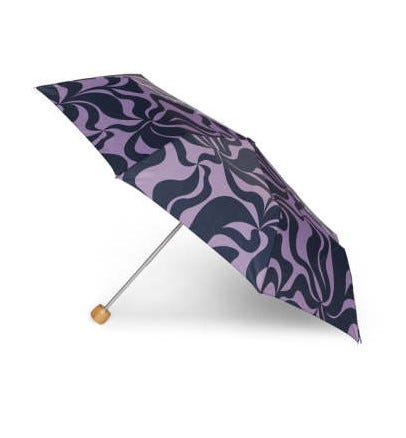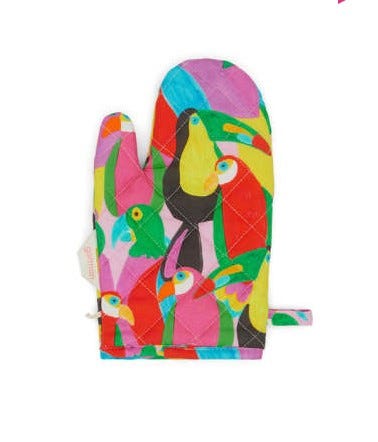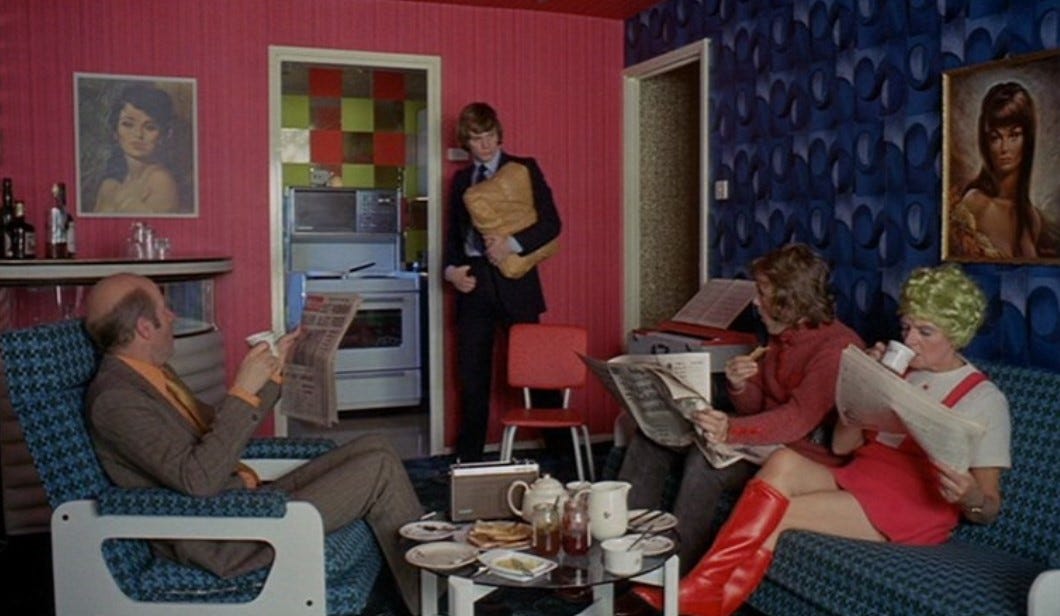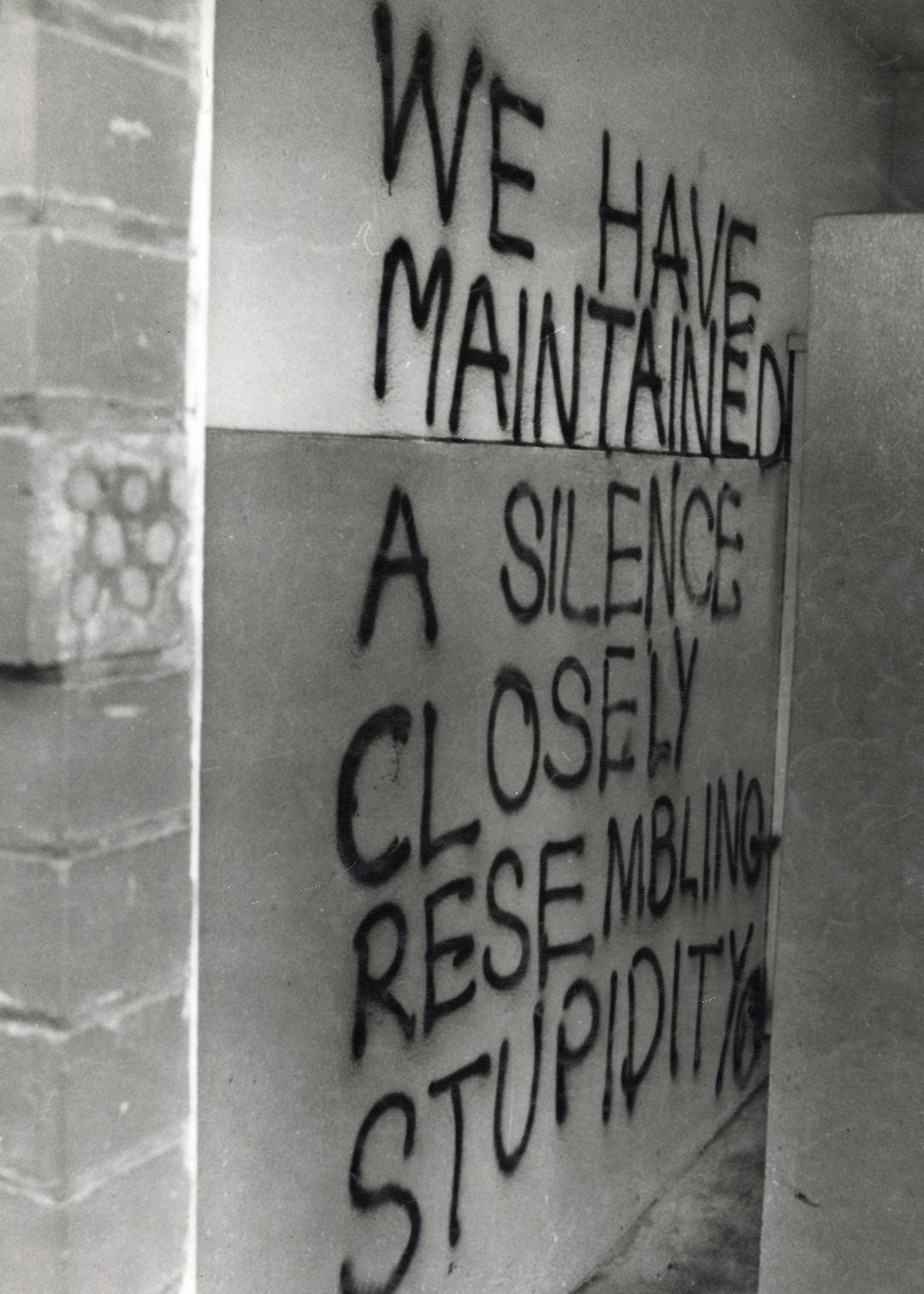Sideswiped: Dusky Maidens
For the love of Lynch, blow up the Whanganui Computer, you say, play antidepressant or Tolkien and my personal scam shame.
A large copy of “Nymph” by J H Lynch hangs in my hall.

Years ago when I put my house on the market a real estate “caravan” descended upon me. That’s when you open your doors to a swarm of real estate agents, all at once, to have a nosey. One young agent was oohing and aahing over the picture, so with a straight face I told her it was a portrait of me in my younger days. She looked at me and at the Nymph declaring earnestly that she saw a resemblance. She’ll go far in house flogging.
Anabela Rae in Stuff describes Lynch’s art with flair:
“J H Lynch's best-known works feature sultry, semi-nudey nymphs with Raquel Welch hairdos. The evocative muses are usually posed for effect, scantily clad, amidst a jungle at dusk.”
Like Tretchikoff, Lynch perfected mass market art and both became hugely popular in New Zealand in the 60s and 70s, while the artist remained obscure.
At the time rumours circulated about who the artist really was – in some accounts he was a nun named Julia Lynch from New Zealand. Since disproven. He was just some British guy who died in 1989.
But with increasing interest in mid-century design, Lynch’s art became collectable for their kitsch imaginings of sexuality of the era.
Even Stella McCartney printed Tina on a top in 2018 and those beauties made a cameo in Kubrick’s Clockwork Orange.
Forty-one years ago, this happened
This from the Police Museum Facebook page:
“On 18 November 1982 Neil Roberts (22) died attempting to blow up the Wanganui Computer Centre with a homemade gelignite bomb. He left this graffiti, his concerns that the state knowing personal information was dangerous.
Neil had a tattoo on his chest 'this punk won't see 23 no future', referencing The Sex Pistols anthem 'God Save the Queen'.
I wonder what he would make of today's society, with personal details broadcast to every personal device and stored in the cloud.”
Take a break from doomscrolling
Here’s game for every New Zealander who has ever ben visited by the chicken of deprression. Can you guess if this word is an anti-depressant medication of a Tolkien character?
Play here. It’s harder than you think.
Ana’s online shopping disaster
It Fraud Awareness Week, (apparently) and I am feeling offended and triggered by Tom Sainsbury’s mean portrayal of a boomer being scamed in that PSA he made. He may have heard about my scam experience this week.
There is only one lesson to learn: If it sounds too good to be true, it proably is.
I got scammed out of NZD$147 thinking I was getting Gorman fashion and houseware bargains with a capital B, as advertised on Meta. My love of shopping was indeed my downfall. Covid was a mitigating factor.
The money was taken out of my account on November 1st.
So, this posted on their Facebook page on August 7th gave me little comfort:
“We are deeply heartbroken to hear some of our customers have unknowingly fallen victim to a scam website masquerading as our company. If your order number does NOT start with “SHGM” then this order is not from our website and we strongly advise you to contact your bank immediately to initiate the process of recovering the funds.”
My kiwi dolleros were converted to US dollars In the name of BB-Aimpuzzl 29, which is some jigsaw puzzle shop in Bejing.



So no monstera towels, no wave umbrealla and no coulrful parrot party oven glove. All gifts.
Trying to track my order I saw it. Like a stingy slap across my face. The url, colourful-wears.com. And the shop name.
Gorman gush: “We want to assure all our customers that we are actively taking measures to combat these deceptive websites and have been working diligently to have them shut down.”
Yet the site I got scammed on two weeks ago is still sucking cash out of Gorman’s loyal customers. Maybe try harder.
Now I am having trust issues buying online. Smart Company says it’s a big problem.
Well-known brands like Country Road and Dotti are among those to have had their online shopfronts imitated in 2023. Fraudulant websites copy the layout and aesthetic of established brands coincides and the losses are significant.In 2022 ‘classified scams’ involving websites had cost Australians more than $7.7 million, with more than 9500 reports made.
So no cute monstera hand towel sets for anyone this Christmas, I thought I’d donate to a cyber criminal in China, same idea as buying a goat for a family in the Sudan. No, not really.








I nearly got scammed by the same website! Oh the lure of colourful homewares...
Another fun read, thanks Ana.